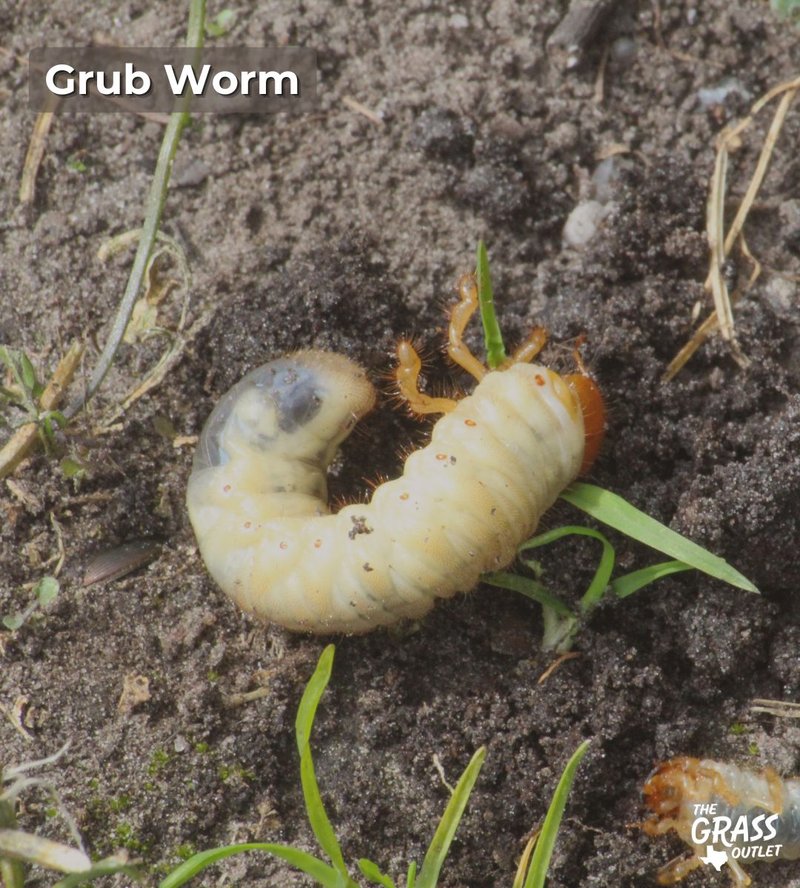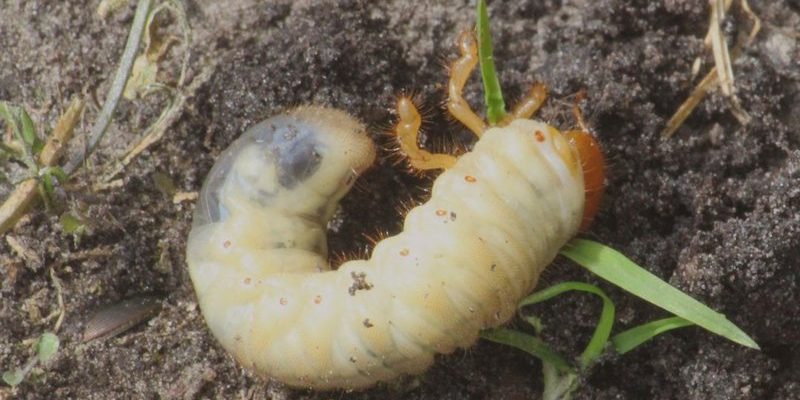
Imagine your lawn is a delicate balance of nature, where everything plays a role—from the soil to the grass and even the bugs. Now, when we talk about grub worm tolerance, we’re considering how many of these little garden munchers your lawn can handle before they start causing significant damage. This balance is crucial for maintaining a healthy lawn and figuring out when it’s time to step in with preventive measures or treatments.
In this article, we’ll walk through everything you need to know about grub worm tolerance levels in lawn maintenance. We’ll cover how to identify these pests, understand their life cycle, recognize damage, and determine when intervention is necessary. So, grab a cup of coffee, and let’s dig in!
What Are Grub Worms?
Grub worms, or **white grubs**, are the larvae of several types of beetles, most commonly Japanese beetles, June bugs, and chafers. They typically live in the soil, munching on plant roots, which can lead to some serious problems for your lawn. Think of them as those little munching machines that just can’t seem to get enough! Their creamy-white, C-shaped bodies are usually about 1 to 2 inches long, making them easy to spot if you know what you’re looking for.
You might be wondering, “How do I know if I have a grub problem?” Well, one of the first signs is the appearance of brown patches in your lawn. These areas often feel soft and spongy when you walk on them. If you start seeing patches like these, it’s time to investigate.
Grubs feed primarily on **grass roots**, but they can also snack on the roots of other plants. It’s not just lawn damage you have to worry about; they can affect your entire garden ecosystem!
The Life Cycle of Grub Worms
Understanding the life cycle of grub worms can help you spot potential issues before they become full-blown infestations. It all starts with adult beetles, which lay their eggs in the ground during late spring or early summer. When the eggs hatch, the tiny grubs emerge in late summer or early fall. They munch on roots as they grow, burrowing deeper into the soil as temperatures drop.
As winter approaches, these grubs go dormant. They’ll sit tight until spring when they start feeding again, getting ready to transform into adult beetles by early summer. Here’s a quick look at the stages:
- Eggs: Laid in late spring/summer
- Grubs: Hatching in late summer/fall
- Dormancy: Winter months
- Adults: Emerging in early summer
This cycle is essential to consider for effective lawn maintenance. Timing your treatments can make a huge difference!
Identifying Grub Damage
So, how do you know if your lawn has a grub problem? Damage usually shows up in a few key ways. **Brown patches** are the most common indicator, but they can also be confused with drought stress or disease. One easy test is to grab a small section of grass and gently pull it up. If it comes away easily, revealing few roots underneath, you may have grubs at work.
Another clue is the presence of birds or other wildlife digging around your yard. They often know where the grubs are hiding and will be more than happy to help you out by digging them up! Here’s what you should look for:
- Irregular patches: Areas of grass that are brown or dead
- Soft spots: Lawns that feel squishy when walked on
- Wildlife activity: Birds or animals foraging on your lawn
Taking the time to identify these signs can help you decide if it’s time for action.
Understanding Tolerance Levels
Here’s the thing: not all lawns react the same way to grub infestations. Some might be able to handle a few grubs without any major issues, while others may struggle with even a small number of them. This is where **tolerance levels** come into play.
A healthy lawn can generally tolerate up to 10–15 grubs per square foot before showing severe signs of distress. However, if you start noticing that number climb higher, it’s time to monitor closely. Factors like grass type, soil health, and overall lawn care practices influence your lawn’s tolerance.
To put it simply, think of your lawn as a sponge. A well-cared-for sponge can soak up a lot of water (or grubs) before it starts leaking. The better the lawn care, the higher the tolerance level!
Preventive Measures for Grubs
Preventing grub problems before they start is your best bet for a thriving lawn. One effective method is to maintain a healthy turf. This includes proper watering, mowing, and fertilizing your grass to keep it strong and resilient. Here’s how you can keep grubs at bay:
- Fertilize regularly: Healthy grass can better resist pests.
- Mow at the right height: Taller grass can shade out weeds and deter pests.
- Water deeply but infrequently: Strong roots help your grass survive grub damage.
Additionally, consider using beneficial nematodes, which are tiny roundworms that can help control grub populations without harming your lawn or the environment.
When to Take Action
So, when do you actually need to do something about those pesky grubs? If you’ve confirmed that their numbers exceed your lawn’s tolerance levels, it’s time to act. This often means applying a targeted treatment, such as a pesticide designed specifically for grubs.
Timing is everything! The best time to apply these treatments is during the larval stage, which falls between late summer and early fall. This is when they’re active and feeding heavily. If you wait until spring, you might miss the window of opportunity.
Here’s a simple action plan:
- Check for grub damage and count their numbers.
- If they exceed the tolerance level, decide on a treatment method.
- Apply treatments at the right time for the best results.
Final Thoughts
Keeping grub worm tolerance levels in check is a key part of effective lawn maintenance. Remember, your lawn’s health is a balance of many factors, and understanding how grubs fit into that picture can help you take the right steps for a flourishing lawn.
By being aware of the life cycle of grubs, knowing how to identify damage, and understanding your lawn’s tolerance levels, you can keep your turf looking its best. Regular maintenance is your best ally in this battle. So, roll up those sleeves and tackle any grub issues head-on. After all, a beautiful lawn makes for a happy home!

